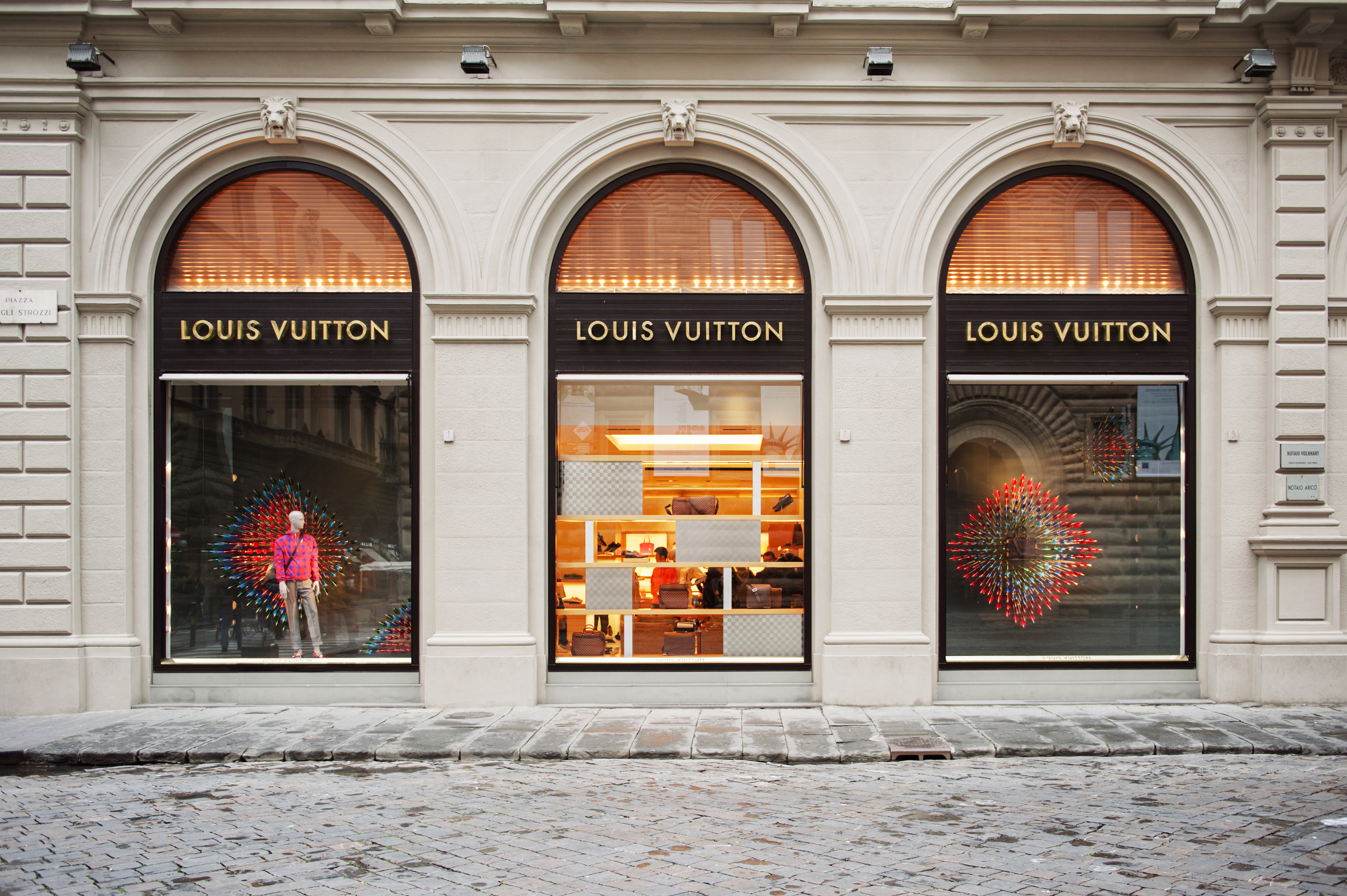While we are currently seeing a decline in retail across the board, retail brands are not predicting doom and gloom for the future of retailers. In fact, most brands–especially luxury ones–are predicting future growth based on a number of factors.
Many results fell short of the expected targets for 2018; however, the forecast for luxury brand growth is optimistic for 2019.
The current retail climate is experiencing a notable drop due to lower demand from Chinese consumers, but brands such as Prada and Tiffany are still on an upward trajectory. This will boost even higher with a new focus on e-commerce and utilising online platforms for both sales and marketing.
In Australia, we are seeing a luxury boom with massive cash injections from Chinese tourists, students and residents. Mostly centred around major cities such as Sydney and Melbourne, major shopping centres and retailers are seeing a growth of more than 10% within luxury brands. Well-known brands such as Louis Vuitton, Prada and Tiffany (which account for more than 30% of the Australian market share) have maximised their retail presence with renovations to existing stores and expansion in storefronts. This is all designed to cater to growing Asian tourism, which accounts for at least two-thirds of luxury sales.
This influx of Chinese shoppers is not solely based on tourists but also includes 170,000 students who are studying in Australia. This is made up of both tertiary education programs and Chinese-Australians who are living here full time or splitting their time between Australia and China. All of these groups account for the boom in luxury shopping.
“The industry is heavily reliant on Chinese buyers,” says Jennifer Spark of Sydney-based digital marketing agency Ready Set Go China. Spark says that retailers want to work with Chinese buyers to secure their spend while the money is available.
Spark goes as far as to say these brands are ‘grooming’ shoppers to purchase their product through influencer marketing:
“There is one lady here [in Sydney] who is super influential. She’s the queen of shopping at the super brands and she has worked with Hermes and some other brands to put together events with her girlfriends for Hermes. She doesn’t get paid, but she works with brands like a micro-influencer,” she says.
This has proven to be a very clever strategy by Hermes and other luxury brands who can provide product in return for advertising rather than spending money on targeted marketing in the hopes of a few sales. This is direct marketing to a motivated and affluent target audience.
This kind of marketing strategy when aimed directly at an up-scale target group means that retailers–especially in the luxury scope–can almost guarantee a prosperous future.
If you’re ready to make the transition from retail to another career path, check out our careers page here.


